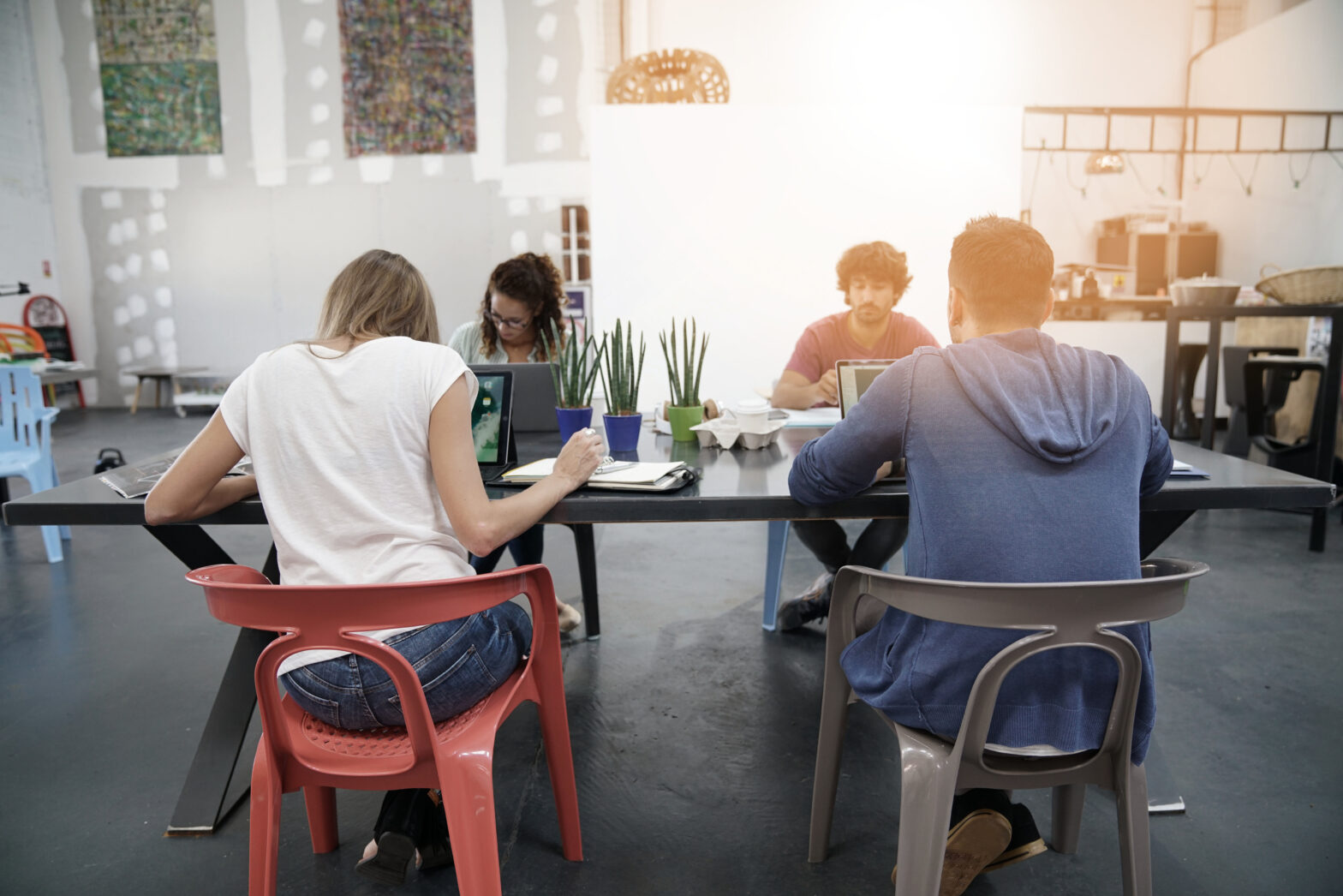A gym on the roof. Extensive gardens with areas to relax and unwind. Employees bringing their dogs into the office. This might sound like a modern, cutting-edge workplace experimenting with measures to boost engagement, but it actually describes the US Department of Justice under Robert Kennedy.
And just as modern businesses are discovering now, these measures had a huge effect on morale, according to Larry Tye, Kennedy’s biographer. Ultimately, Kennedy demonstrated that he trusted his staff to let them use their time effectively; to step away from their desks regularly during the working day. The lesson is clear: flexibility and trust create loyalty and engagement.
The lesson is similar for productivity. Empowering employees with the choice to work from a range of locations provides a real fillip to productivity. Research from HSBC, for instance, has found that nine in 10 employees feel that the ability to work remotely has the greatest effect on their productivity.
And where Kennedy may have been something of a workplace pioneer in offering flexibility in the working day, nearly 60 years on, remote working is all the rage. The traditional desk-based nine to five is giving way to a remote, flexible world. This isn’t just the reserve of the coder typing away in the local café, but also includes busy CEOs of large corporates firing off emails from the airport lounge, too.

Seamless working
Powered by the latest technology – be it super-fast Wi-Fi, VPN or video conferencing – employees are now able to seamlessly clock in, log in and work from a range of locations. In fact, according to JLL’s Distraction or Disruption report, 56pc of employees work from other company premises at least once a month.
Of course, such developments are having a profound effect on real estate. Across the world of business, increasingly flexible working patterns are driving our offices to become increasingly flexible: be it businesses providing their employees with access to external multi-membership coworking spaces; smaller companies offering flexible incubator hubs; or businesses redesigning their existing workplaces to curate more mobility and connectivity between teams.
‘The flex office space sector has more than doubled in size since 2014’
To put this growth into perspective, JLL’s research has found that the flex office space sector has more than doubled in size since 2014, and looking ahead, predicts that by 2030, 30pc of corporate portfolios will be flex space. The future, then, is flexible.
Knowledge flow
For those who embrace flexible office space, the rewards for productivity are potentially great. After all, as Robert Kennedy found, employees respond well to being able being able to step away from their desks. What’s more, research by Deskmag has found that coworking can provide a significant spur to creativity and collaboration, particularly important for smaller, growing business using multi-membership coworking spaces, which enables employees to rub shoulders with other like-minded individuals from other companies, allowing for networking and the flow of ideas and insights. For larger businesses, who may be using internal coworking hubs, we’re talking about marketing sitting alongside accounts, or legal next to HR. The potential for knowledge flow is profound.
What’s more, the rise of flex space has transformed the traditional to a similar degree. In the age of remote working, where employees have the choice to work from a range of locations, people are demanding vibrant offices; collaborative hubs, crammed full of hospitality-style amenities. Put another way, businesses are transforming their offices into places employees actually want to spend their time: spaces where they can work productively and flexibly alongside colleagues.
The benefits of flexibility go further still. For a business thinking about embracing flex space, it is a question of culture and what kind of business you really want to be. Flexible working arrangements have the potential to support a diverse and inclusive workforce: providing returning mothers or fathers, for example, with the ability and space to return to work, easily able to slot back into a flexible working environment with a range of working options in the office and beyond. Remote working and flex space combined can enable greater diversity and inclusion.
Culture sets the tone for a business and is crucial in driving engagement and attracting and retaining staff. Creating a flexible culture empowers employees, embedding choice throughout an organisation, enabling the creation of an inclusive, diverse team. HR teams and corporate policymakers should see flexibility as an essential accelerator for business, not an optional extra.
Greater choice
And when it comes to creating a flexible workspace, choice is king. Business should start by looking at the kinds of spaces they offer employees. From community space in the office and to incubators or flexible homeworking arrangements, giving employees greater choice over how they work gives them greater control over their working day and builds flexibility into an office’s and company’s DNA.
Of course, there are challenges, and not every role can be performed remotely. But, with careful planning around technology and security, and consideration of the compliance requirements, businesses can reap the benefits of embracing flexibility. Employees value choice, and by adopting flex space as a way of catering to these demands, it is also possible to boost productivity. Businesses shouldn’t be afraid to flex.
Tom Carroll is head of EMEA Corporate Research, JLL
Further reading
Co-working space versus traditional office – which is better?





